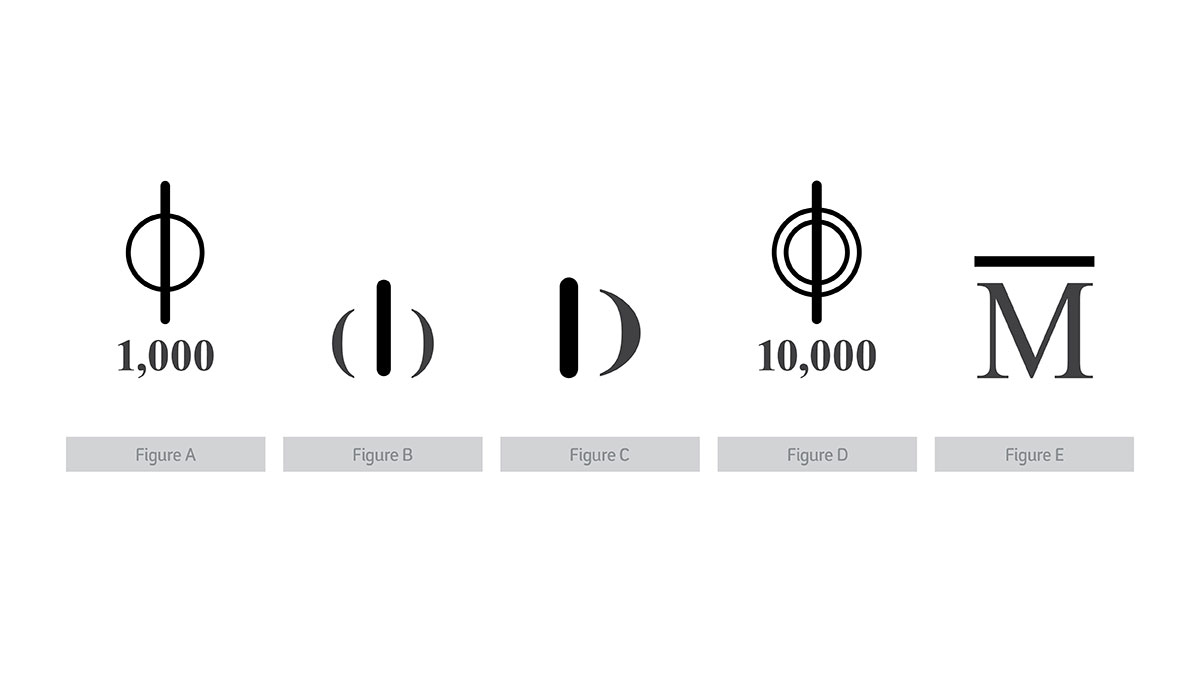Your Voice
Your Voice: In oil industry, numbers are all Greek or they are Roman?

Global July 28, 2021 - By
Why are the suffixes “M” (= 1,000) and “MM” (= 1 million) not universally used?
Why are the suffixes “M” (= 1,000) and “MM” (= 1 million) not universally used? In other industries, thousands are often shown using the suffix “K,” and millions using the suffix “M.” I’ve asked this question a MM times and I’ve never received a good answer.
I hope this explanation isn’t “all Greek” to you. My apologies to native Arabic speakers, as your equivalent phrase would be something like هل أنا بتكلم هندي؟, but this phrase doesn’t work as well for my story.

The “M” denoting thousands is actually the Roman numeral “M.” Before the Roman numerals that we recognize today were used, putting a circle through a number multiplied that number by 1,000. So, one (the letter “I” in Roman numerals) thousand would be shown like (figure A)[1].
The circles eventually became brackets, so 1,000 would later be shown as (figure B).
The symbol now looks like the letter “M” to me. Meanwhile, half of a number would be represented by showing only one side of the brackets. We can, therefore, see why 500 (half a thousand) is represented by the Roman numeral “D” (figure C).
To show a number which is a factor of 10 larger, an extra circle would be used, so 10,000 (or 10 times one thousand) would be shown as the one thousand symbol with a second circle (figure D).
Extra circles would be added for progressively larger numbers. Eventually, a better way of showing much larger numbers was created. A bar on top of the number multiplies that Roman numeral by 1,000. So, 1 million should be written as 1,000 (“M”) times 1,000 (the bar), as (figure E).
Typewriters didn’t have this character, so someone decided that a thousand thousands, i.e., 1 million, would instead be “MM.” In other words, “M” multiplied by “M.” This can be confusing, as in standard Roman numerals “MM” actually means 2,000.
Our industry routinely deals in billions. For consistency, you would have thought a billion would be shown as “MMM” (a thousand thousand thousands). Unfortunately, the completely inconsistent first letter of the word billions, “B,” is used.
The alternative system that most people use is Greek. “K” is for kilo (think “kilometers” for distance) and “M” is for mega (think “megajoules” for energy). Therefore, billions should be shown as “G” for giga (think “gigabytes”), shouldn’t it? Unfortunately, billions are not shown using a “G” elsewhere. Everyone seems to use the “B” for billions.
The best way of showing numbers is the way that doesn’t lead to misunderstandings. After all, it would be embarrassing to be told to build a pipeline from here to Jiddah (about 1,000 km away) and mistakenly purchase enough materials for it to reach the moon and back (close to 1 million km).
I hope that the reason we use “MM” for millions is now not “all Greek” to you (or all هندي). It is, in fact, Roman. Sort of.
[1] Universal History of Numbers from Prehistory to the Invention of the Computer, George Ifrah (1981)
Your Voice reflects the thoughts and opinions of the writer, and not necessarily those of the publication.



